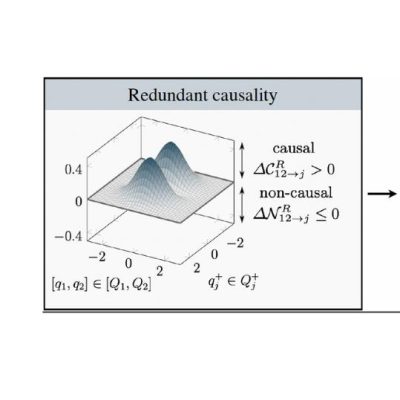
CLICK-A: Optical communication experiments from a CubeSat downlink terminal
STAR Lab presents the results from a satellite laser communications terminal designed to send data to the ground. The terminal is designed to be low-cost and uses a new method for pointing the laser.
Authors: William Kammerer (Lead), Peter Grenfell, Jacob Harburg, Nicholas Belsten, Hannah Tomio Paul Serra, Kerri Cahoy, Tim Brothers, Michael Person, Myles Clark, Dani Coogan, John Conklin, David Mayer, Jan Stupl, John Hanson
Citation: Small Satellite Conference 2023
Abstract: The CubeSat Laser Infrared CrosslinK (CLICK) mission is a technology demonstration of low size, weight, and power (SWaP) CubeSat optical communication terminals for downlink and crosslinks. The mission is broken into two phases: CLICK-A, which consists of a downlink terminal hosted in a 3U CubeSat, and CLICK-B/C, which consists of a pair of crosslink terminals each hosted in their own 3U CubeSat. This work focuses on the CLICK-A 1.2U downlink terminal, whose goal was to establish a 10 Mbps link to a low-cost portable 28 cm optical ground station called PorTeL. The terminal communicates with M-ary pulse position modulation (PPM) at 1550 nm using a 200 mW Erbium-doped fiber amplifier (EDFA) with a 1.3 mrad FWHM beam divergence. CLICK-A ultimately serves as a risk reduction phase for the CLICK-B/C terminals, with many components first being demonstrated on CLICK-A. CLICK-A was launched to the International Space Station on July 15th, 2022 and was deployed by Nanoracks on September 6th, 2022 into a 51.6◦ 414 km orbit.
We present the results of experiments performed by the mission with the optical ground station located at MIT Wallace Astrophysical Observatory in Westford, MA. Successful acquisition of an Earth to space 5 mrad FWHM (5 Watts at 976 nm) pointing beacon was demonstrated by the terminal on the second experiment on November 2nd, 2022. First light on the optical ground station tracking camera was established on the third experiment on November 10th, 2022. The optical ground station showed sufficient open, coarse, and fine tracking performance to support links with the terminal with a closed-loop RMS tracking error of 0.053 mrad. Results of three optical downlink experiments that produced beacon tracking results are discussed. These experiments demonstrated that the internal microelectromechanical system (MEMS) fine steering mirror (FSM) corrected for an average blind spacecraft pointing error of 8.494 mrad and maintained an average RMS pointing error of 0.175 mrad after initial blind pointing error correction. With these results, the terminal demonstrated the ability to achieve sufficient fine pointing of the 1.3 mrad FWHM optical communication beam without pointing feedback from the terminal to improve the nominal spacecraft pointing. Spacecraft drag reduction maneuvers were used to extend mission life and inform the mission operations of the CLICK- B/C phase of the mission. Results from the spacecraft drag maneuvers are also presented.

